To fight coral reef loss, scientists and researchers at NOAA’s Atlantic Oceanographic and Meteorological Laboratory (AOML) and their partner institutions are utilizing innovative methods to survey coral in the wild, reproduce certain conditions under controlled settings in labs, and then cultivate new species of coral that can better withstand the extreme environments of today.
The AOML has turned to 3D printing to facilitate their field and lab research. Using Formlabs printers has helped to standardize, as well as improve, the accuracy and comparability of their experiments, and facilitated the development of new technologies. The range of materials available for the Formlabs printers makes it easy to design, iterate, and deploy 3D-printed watertight parts.
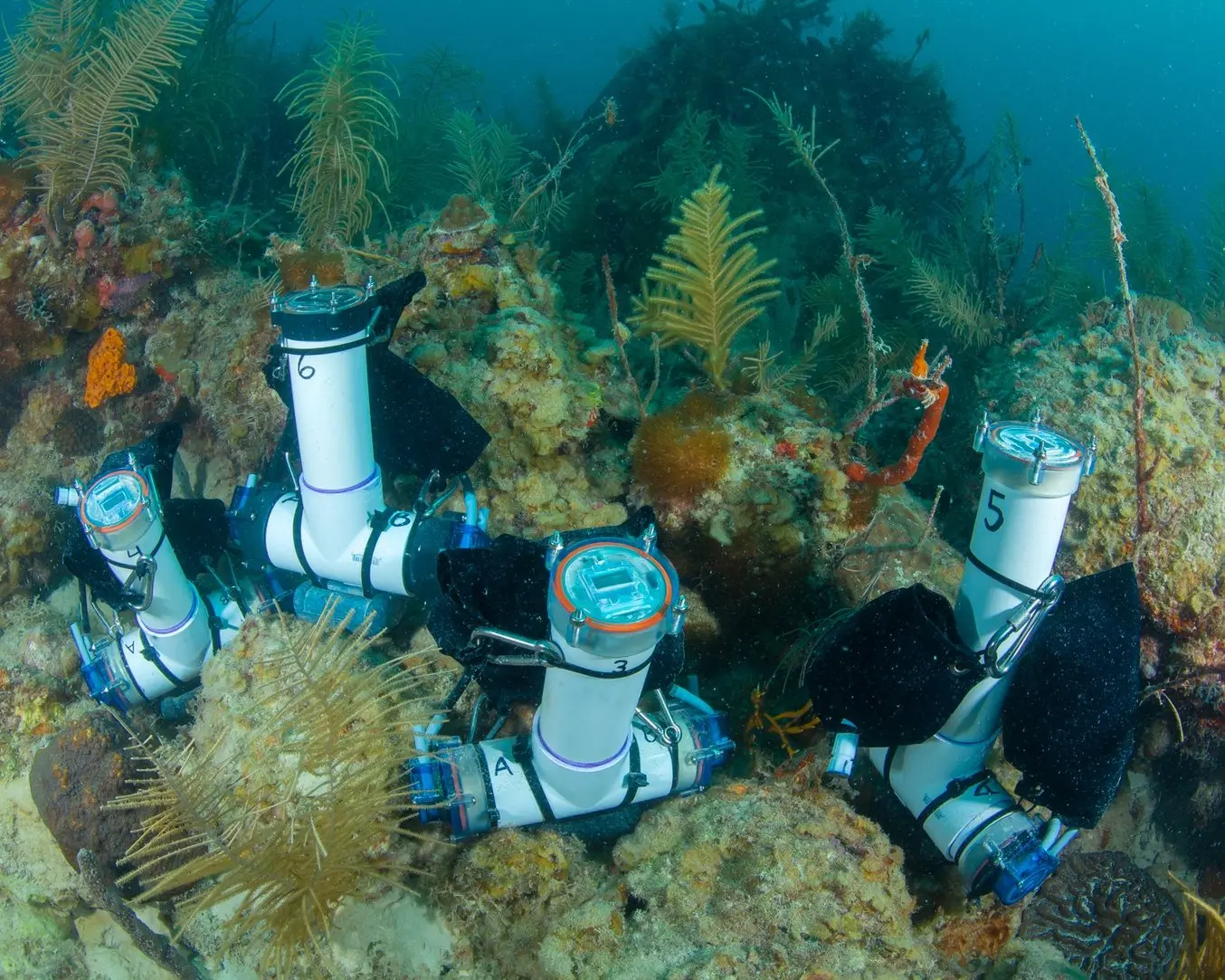
The AOML’s research requires sophisticated and often customized equipment for monitoring wild coral habitats. (images courtesy of NOAA)
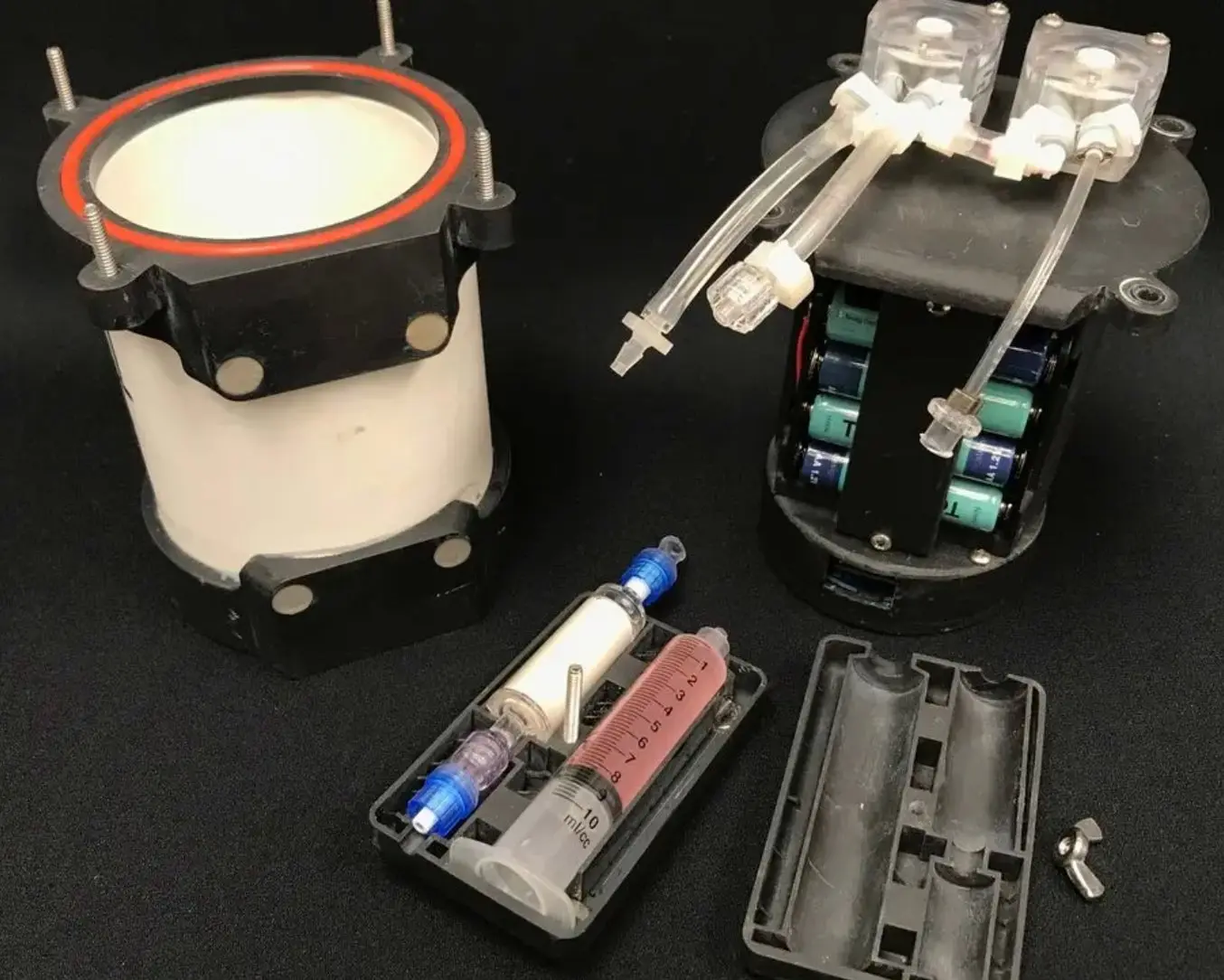 The AOML lab designed and fabricated this Subsurface Automated Sampler for eDNA (SASe)
The AOML lab designed and fabricated this Subsurface Automated Sampler for eDNA (SASe)
using Formlabs SLA printers for the end-caps, sample cartridge, and internal armature.
Utilizing four Formlabs resin printers as well as the Fuse 1 selective laser sintering (SLS) printer, Nate Formel and his colleagues at AOML print heavy-duty sampler housings, jigs for experimental sensors and equipment, and customized components for their in-house aquaria — structures built to study coral fitness and methods to enhance coral resilience in the face of rising water temperatures and the extreme conditions of a changing climate.
“We now have these very customized 3D printed components that have the necessary connection points and through-holes to allow us to collect water samples. The original sampler design that motivated all of this, we stopped making it for $1,000 and started making it for $220. That means I can now put out five samplers when I used to only be able to put out one,” says Formel.
Current Fabrication Methods for Watertight Parts
Current methods for fabricating these watertight components typically involve well-known traditionally manufactured materials such as metal, injection molded plastics, or rubber. Mass-produced components are affordable, but to then configure them in such a way that meets the specific needs of the application can be difficult, and requires custom connectors, fixtures, or enclosures. For multi-fit assemblies, these parts are sealed together through a combination of screw thread features, interlocking or mating features, O-rings, or gaskets.
Choosing O-rings can be extremely difficult, and dialing in the right parameters for your enclosure can be time-consuming. The Parker O-ring handbook has thousands of recommendations based on compression, diameter, thickness, material, pressurization, etc. The process of choosing a custom-sized O-ring is so difficult that many fall back on standardization and mass-produced components, which limits the capacity for innovation and new applications.
There is a widespread need for custom or low-volume watertight and gas-tight parts across several industries, such as marine research, underwater robotics, sustainable technologies engineering, oil and gas industries, and defense. Contact us about how Formlabs can help.


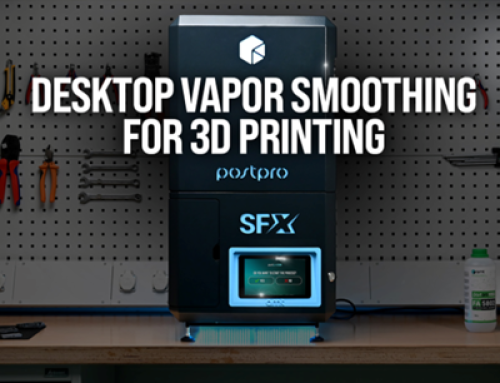
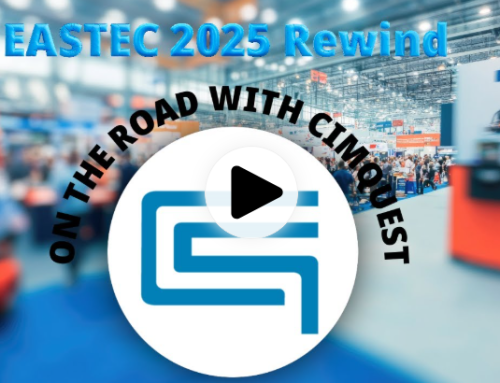

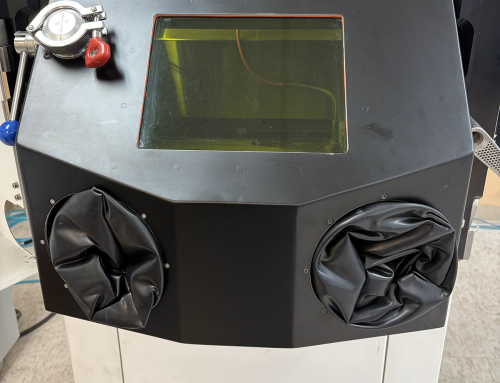

Leave A Comment